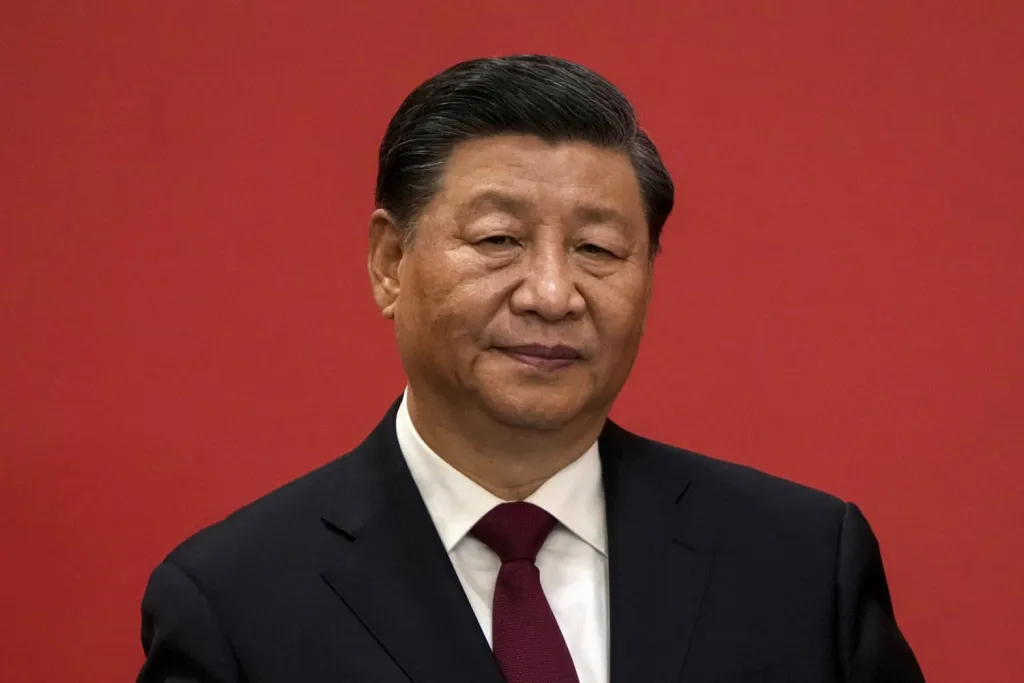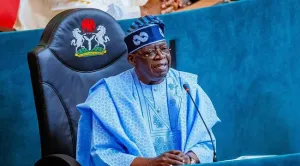U.S.-China Trade Deal: A Temporary Truce Amid Economic Tensions

After weeks of escalating trade tensions, the United States and China have reached a temporary agreement to pause their intensifying trade war, announcing a 90-day reduction in tariffs and the establishment of a new consultation mechanism to address ongoing economic disputes. The deal, finalized following two days of high-level talks in Geneva, Switzerland, marks a significant de-escalation but leaves many structural issues unresolved, raising questions about the long-term trajectory of U.S.-China economic relations.
The Deal: Key Details
The agreement, announced in a joint statement on May 12, 2025, includes the following core components:
- Tariff Reductions: Effective Wednesday, May 14, 2025, the U.S. will lower its tariffs on Chinese goods from a punitive 145% to 30%. In response, China will reduce its retaliatory tariffs on U.S. goods from 125% to 10%. This rollback applies to most tariffs imposed since April 2025, when the Trump administration initiated the latest round of trade hostilities.
- Consultation Mechanism: Both nations have agreed to establish a “consultation mechanism” to facilitate ongoing dialogue on trade and economic issues. Further talks are planned in the U.S., China, or a neutral third country, though specific timelines and locations remain undisclosed.
- Fentanyl Cooperation: The U.S. highlighted progress on curbing the flow of fentanyl precursor chemicals from China, a key priority for the Trump administration. U.S. Trade Representative Jamieson Greer described the discussions as setting a “positive path forward” on this issue.
The talks, hosted by the Swiss government in Geneva, involved top negotiators from both sides. The U.S. delegation included Treasury Secretary Scott Bessent and Greer, while China was represented by Vice Premier He Lifeng. Both parties described the negotiations as “productive” and “constructive,” signaling a mutual interest in stabilizing bilateral trade.
Background: A Trade War’s Economic Toll
The agreement comes in the wake of a rapid escalation in U.S.-China trade tensions. In April 2025, President Donald Trump imposed 145% tariffs on Chinese imports, citing China’s industrial subsidies, intellectual property practices, and the U.S.’s $1.2 trillion trade deficit as justification. China retaliated with 125% tariffs on U.S. goods, targeting agricultural products, energy, and manufactured items.
The impact was immediate and severe:
- Trade Collapse: U.S.-China trade plummeted by 60% in April 2025, with Chinese exports to the U.S. dropping 21% year-over-year.
- Economic Fallout: The U.S. reported a quarterly GDP contraction, partly attributed to disrupted supply chains and higher consumer prices. China faced deepening deflation and rising unemployment, exacerbating domestic economic challenges.
- Global Ripples: The trade war rattled global markets, disrupted supply chains, and fueled fears of a broader economic slowdown.
The U.S. also terminated the “de minimis” exemption for low-value e-commerce shipments on May 2, 2025, effectively closing a loophole that allowed Chinese retailers like Shein and Temu to ship goods under $800 duty-free. This move, while not addressed in the new deal, further strained bilateral trade.
Market Reaction and Political Spin
The announcement of the trade deal triggered a swift market response. Global stock indices surged, with the S&P 500 and Shanghai Composite both gaining over 3% on May 12. The U.S. dollar strengthened against major currencies, reflecting investor optimism about reduced economic uncertainty. However, analysts cautioned that the rally may be short-lived, as the deal does not resolve deeper structural issues.
Politically, both sides claimed victory. President Trump touted the tariff reductions as evidence of his tough negotiating stance forcing China to the table, while Chinese state media emphasized Beijing’s commitment to “global trade stability.” The joint statement carefully balanced these narratives, avoiding any language that could be seen as conceding ground.
What’s Not in the Deal
While the agreement marks a step toward de-escalation, it leaves several critical issues unaddressed:
- De Minimis Exemption: The U.S.’s termination of the de minimis rule for e-commerce shipments remains in place, continuing to impact Chinese retailers and American consumers reliant on low-cost imports.
- Structural Issues: China’s industrial subsidies, state-owned enterprises, and intellectual property practices—long-standing U.S. grievances—were not resolved in Geneva.
- Long-Term Trade Goals: The U.S. aims to shrink its $1.2 trillion trade deficit and bolster domestic manufacturing, while China seeks to maintain its export-driven economic model. These competing priorities remain a source of tension.
The 90-day tariff pause provides breathing room but does not guarantee a lasting resolution. Experts warn that without progress on these deeper issues, trade hostilities could resume by August 2025.
Broader Context: Fentanyl and Geopolitical Stakes
Beyond trade, the Geneva talks touched on the fentanyl crisis, a pressing U.S. domestic issue. China is a primary source of precursor chemicals used to produce fentanyl, which contributes to over 100,000 overdose deaths annually in the U.S. The Trump administration has prioritized cracking down on these supply chains, and Greer’s comments suggest that China may be open to stricter enforcement measures. However, details on any concrete commitments remain scarce.
Geopolitically, the trade deal reflects a delicate balancing act. The U.S. is leveraging its economic leverage to pressure China while avoiding a full-scale economic decoupling that could destabilize global markets. China, meanwhile, is navigating domestic economic challenges while projecting strength on the world stage. The involvement of Switzerland as a neutral host underscores the global stakes, with other nations closely watching the outcome.
Looking Ahead: A Fragile Truce
The U.S.-China trade deal is a pragmatic step to avert further economic damage, but it is far from a comprehensive solution. The 90-day tariff pause provides a window for further negotiations, but the consultation mechanism’s success will depend on both sides’ willingness to compromise. Key questions remain:
- Can the U.S. and China bridge their fundamental differences on trade policy?
- Will domestic political pressures in both countries derail progress?
- How will global markets and supply chains adapt if tensions reignite?
For now, the deal has calmed nerves in Washington, Beijing, and global financial hubs. But with the U.S. pushing for economic self-reliance and China doubling down on its manufacturing dominance, the road ahead remains fraught. Stakeholders are advised to monitor official updates from sources like whitehouse.gov, the U.S. Trade Representative’s office, or reputable outlets such as Reuters and Bloomberg for developments.
As the 90-day clock starts ticking, the world waits to see whether this truce can evolve into a lasting framework—or merely delay the next chapter of the U.S.-China trade war.
Sources: Joint U.S.-China statement (May 12, 2025), Reuters, Bloomberg, U.S. Trade Representative’s office, Chinese Ministry of Commerce.





